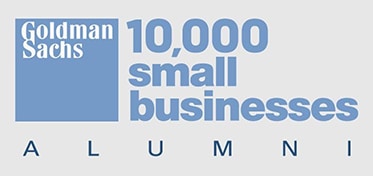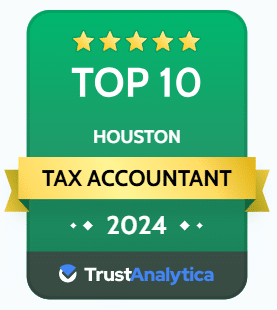S corporation shareholders have an added reason to worry about their company’s annual performance: It has a direct impact on their own income taxes.
How It Works
Unlike a regular C corporation, an S corporation usually doesn’t pay federal income taxes itself. Instead, each shareholder is allocated a portion of the corporate income, loss, deductions, and credits on a special “K-1” tax form. The shareholder then must report the items listed on the K-1 on his or her personal tax return.
The K-1 allocations are based on stock ownership percentages. So, for example, if an S corporation has $100,000 of taxable business income for the year, a person who owns 75% of the stock in the corporation would be allocated 75% of that income, or $75,000.
This scheme can get complicated. Case in point: The K-1 may show more income than the shareholder actually received from the company during the year. That’s because the K-1 figure is based on the corporation’s actual taxable income — not on the distributions made to the shareholder.
Here’s an example: Tom starts a new corporation, electing S status. In the first year, Tom draws a $30,000 salary and receives no other distributions from the company. The company’s ordinary business income (after deducting his salary) is $10,000. Since Tom is the only shareholder, all the company’s $10,000 of income is allocated to him on his K-1. Tom must include both the $30,000 of salary and the $10,000 on his personal income tax return, even though all he actually received from the corporation was his salary.
This result seems harsh, but it’s not the end of the story. Special rules in the tax law prevent the same income from being taxed again. Essentially, Tom will be credited with already having paid taxes on the $10,000 so that any future distribution of the funds will not be taxable.
Tracking Basis
To determine whether non-dividend distributions are tax free, S corporation shareholders must keep track of their stock basis.* The computation generally starts with a shareholder’s initial capital contribution (or the stock’s cost if it was purchased) and changes from year to year as the shareholder is allocated corporate income, loss, etc. Non-dividend distributions that don’t exceed a shareholder’s stock basis are tax free.
Note that S corporation shareholders may be eligible to deduct up to 20% of their S corporation pass-through income. Eligibility depends on taxable income and other factors. S shareholders will want to consult their tax advisor to see if they can take advantage of the deduction to lower the taxes on their business income.
*Most distributions made from an S corporation are non-dividend distributions. Dividend distributions can occur if the company was previously a regular C corporation (or in other limited situations).














